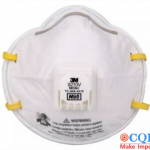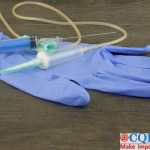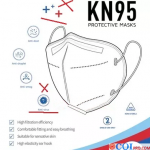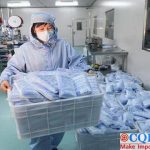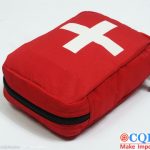Medical Goggles Test Standard,No National Standard
Medical goggles are also one of the medical materials in short supply in the COVID-19 epidemic. However, there is currently no clear national standard for medical goggles! Most of the medical goggles on the market choose medical goggles test standard are basically based on GB 14866-2006 “technical requirements for personal eye protectors”. Although GB 14866-2006 specifies the optical, mechanical, chemical and protective properties of the protective lens, considering that the new crown virus can also spread from the eyes, its anti-virus performance, air permeability and leakage performance are also crucial to the effective protection of medical personnel.

However, the pre-shipment inspection of goggles is generally conducted on the factory production line, and some factories are not equipped with relatively professional testing equipment. So we also provide professional, economical and efficient Laboratory testing services, the service focus is to select specific product test item list and price comparison of test items for customers, welcome to consult. Below CQI have chosen some common Chinese medical goggles test standard for foreign buyers’ reference.
Analysis of GB 14866-2006 “Technical Requirements for Personal Eye Protection”
The medical goggles test standard range specified in GB 14866-2006 is only a goggle product used to protect against smog, metal sparks, flying debris, dust and chemicals. Medical goggles testing can only be said to be barely applicable. Of course, the optical properties of goggles specified in GB 14866-2006 include diopter, prism, visible light transmittance, etc. Mechanical properties such as impact resistance, heat resistance, wear resistance and high-speed particle impact resistance; Chemical properties such as corrosion resistance; The protective performance of chemical fog drops, dust and irritant gases is of great reference value for the quality inspection of medical goggles.

Analysis of GB 32166 “Personal Protective Equipment Eye and Face Protection Occupational Eye and Face Protective Equipment”
Among the medical goggles testing customers, some have also mentioned GB 32166.1-2016 “Personal protective equipment, eye and face protection, professional eye and face protective equipment, Part 1: Requirements”, asking whether this standard can be taken as the medical goggles test standard? Of course, there is also a GB/T 32166.2-2015 “Personal Protective Equipment Eye and Face Protection Occupational Eye and Face Protective Equipment Part 2: Measurement Methods” that specifies the detection methods. In general, GB 32166 series is not suitable for medical goggles. This series of standards is mainly aimed at the regulation of industrial goggles. Among them, item b) is not applicable to the detection range, and it is clearly pointed out that it is not applicable to the eye-face protective equipment used to protect the patient from exposure during the treatment.
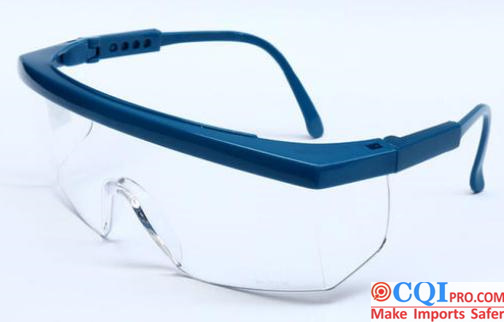
Analysis of YY/T 0128-2004 “Medical Diagnostic X-ray Radiation Protection Devices and Appliances”
Some people may also find YY/T 0128-2004 “Medical Diagnostic X-ray Radiation Protection Devices and Appliances”. This standard is a medical standard, and there are provisions concerning protective glasses and masks in the standard. Although it is used to protect X-ray radiation, it is all medical after all. However, it is a pity that if you look at the relevant regulations in detail. YY/T 0128 does not specify many performance indexes for medical goggles, and only lead equivalent detection and transmittance can be referenced. Of course, it is not totally worthless.
Analysis of “Technical Requirements for Medical Protective Mirrors” DB11/ 188-2003
Is there a clear medical goggles test standard? The answer is yes! This standard is a local standard established during the SARS period. DB11/ 188-2003 “Technical Requirements for Medical Protective Mirrors” implemented by Beijing Quality Inspection Bureau in 2003. DB11/ 188-2003 specifies 13 testing items for medical protective mirrors, namely, top power deviation, prism power deviation, lens ring size, surface quality and internal defect disease, appearance quality, visible light transmittance, impact resistance, assembly quality, shaping requirements, high temperature resistance, corrosion resistance and disinfectant resistance. Although DB11/ 188-2003 is in line with each other, it can only be used for reference considering that it is a local standard, and the implementation time and testing items are not perfect.
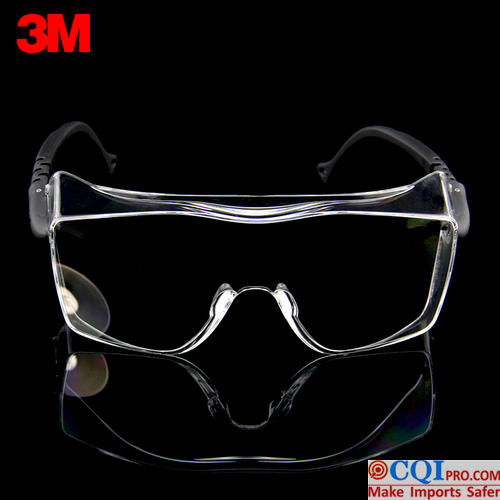
GBZ/T 240.5-2011 “Chemical Toxicological Evaluation Procedures and Test Methods Part 5: Acute Eye Irritation/Corrosiveness Test” Analysis
One of the most basic requirements for medical goggles testing is harmlessness. In particular, harmful substances precipitated from goggles materials have toxicological properties such as sensitization, carcinogenicity, and metamorphism to eyes. The toxicological performance of medical goggles can be analyzed by referring to GBZ/T 240.5-2011 “Chemical Toxicological Evaluation Procedures and Test Methods Part 5: Acute Eye Irritation/Corrosiveness Test”. If you want to test harmful substances, this method can be used as the medical goggles test standard.
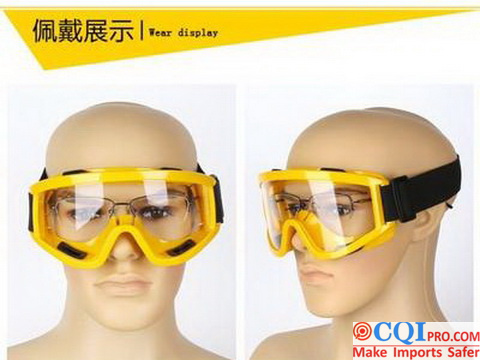
One of the most basic requirements for medical goggles testing is harmlessness. In particular, harmful substances precipitated from goggles materials have toxicological properties such as sensitization, carcinogenicity, and metamorphism to eyes. The toxicological performance of medical goggles can be analyzed by referring to GBZ/T 240.5-2011 “Chemical Toxicological Evaluation Procedures and Test Methods Part 5: Acute Eye Irritation/Corrosiveness Test”. If you want to test harmful substances, this method can be used as the medical goggles test standard.
CQI5 is committed to providing importers worldwide with product quality inspection services that far exceed those of our peers. If you are planning to import or have imported from China or Southeast Asian countries, please contact us cs’@’cqipro.com to learn more about how we can make your imports safer.
This article is an original article for CQI Inspection, who is committed to providing high-quality product inspection technology and know-how sharing for global importers and retailers to make imports safer.
All rights reserved. The contents of this website provided by CQI Inspection may not be reproduced or used without express permission.
For reprint, please contact with CQI Inspection, thank you.

